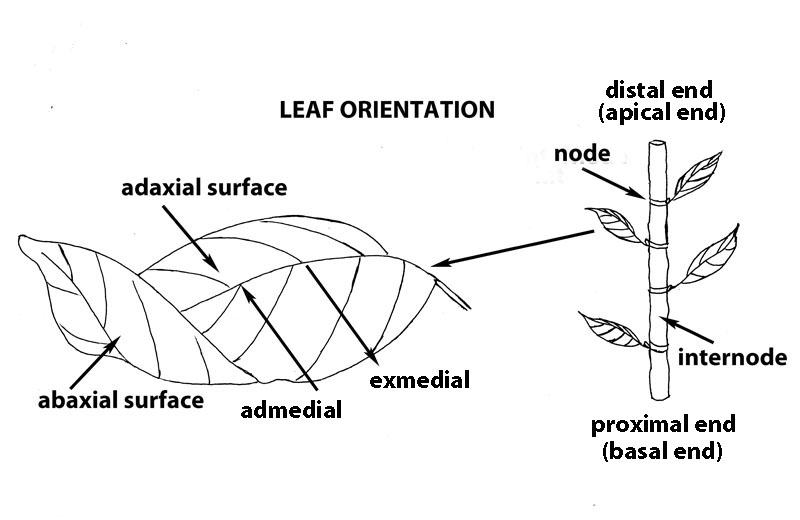

Some temperate species will survive outdoors in the temperate areas, though may not always flower in the average British summer.ĭue to a very temperate climate fuchsias grow abundantly in the West Cork region of Ireland and are associated with the area to such an extent that a local branding initiative uses the fuchsia flower as their logo. procumbens is suitable as a groundcover) are proven to be hardy in widespread areas of Britain and Ireland. regia, etc.), encliandra (some encliandra hybrids flower continuously), Skinnera ( F. Enthusiasts report that hundreds and even thousands of hybrids survive and prosper throughout Britain.įuchsias from sections Quelusia ( F. The British Fuchsia Society maintain a list of "hardy" fuchsias that have been proven to survive a number of winters throughout Britain and to be back in flower each year by July. Selection of cultivated Fuchsias at BBC Gardeners' World in June 2011, including Purple Patch, Pink Fantasia and Eternity.įuchsias are popular garden shrubs, and once planted can live for years with a minimal amount of care. The species in this section are characterised by a nectary that is fused with the base of the flower tube with petals that are partly or completely lacking. Flowers on species in this section have flat petals, short stamens and are reflexed into the tube. The vast majority of garden hybrids have descended from a few parent species. Two other new sections are Pachyrizza and Verrucosa, containing one species each. procumbens has been placed into its own section, Procumbentes.

x colensoi has been determined to be naturally occurring hybrid between F. In New Zealand and Tahiti, section Skinnera now consists of only three species ( F. Berry (Wisconsin State Herbarium), recognize almost 110 species organized into twelve sections.

Breedlove (University of California) and Prof.

More recent scientific publications, especially those by botanists Dr. Felix Munz in his The Genus Fuchsia classified the genus into seven sections of 100 species. A small additional number are found on Hispaniola (two species), in New Zealand (three species) and on Tahiti (one species). The majority of fuchsia species are native to Central and South America. Many people describe the fruit as having a subtle grape flavor spiced with black pepper. The ovary is inferior and the fruit is a small (5–25 mm) dark reddish green, deep red, or deep purple, edible berry, containing numerous very small seeds. A few have yellowish tones, and recent hybrids have added the colour white in various combinations. They have four long, slender sepals and four shorter, broader petals in many species the sepals are bright red and the petals purple (colours that attract the hummingbirds that pollinate them), but the colours can vary from white to dark red, purple-blue, and orange. The flowers are very decorative, pendulous "teardrop" shape, borne in profusion throughout the summer and autumn, and all year in tropical species. Most fuchsias are shrubs from 0.2–4 m (8 in–13 ft 1 in) tall, but one New Zealand species, Kotukutuku ( Fuchsia excorticata), is unusual in the genus in being a tree, growing up to 12–15 metres (39–49 ft) tall.įuchsia leaves are opposite or in whorls of 3–5, simple lanceolate and usually have serrated margins (entire in some species), 1–25 cm long, and can be either deciduous or evergreen, depending on the species. The vast majority are native to South America, but with a few occurring north through Central America to Mexico, and also several from New Zealand to Tahiti One species, Fuchsia magellanica, extends as far as the southern tip of South America, occurring on Tierra del Fuego in the cool temperate zone, but the majority are tropical or subtropical. There are currently almost 110 recognized species of Fuchsia.


 0 kommentar(er)
0 kommentar(er)
